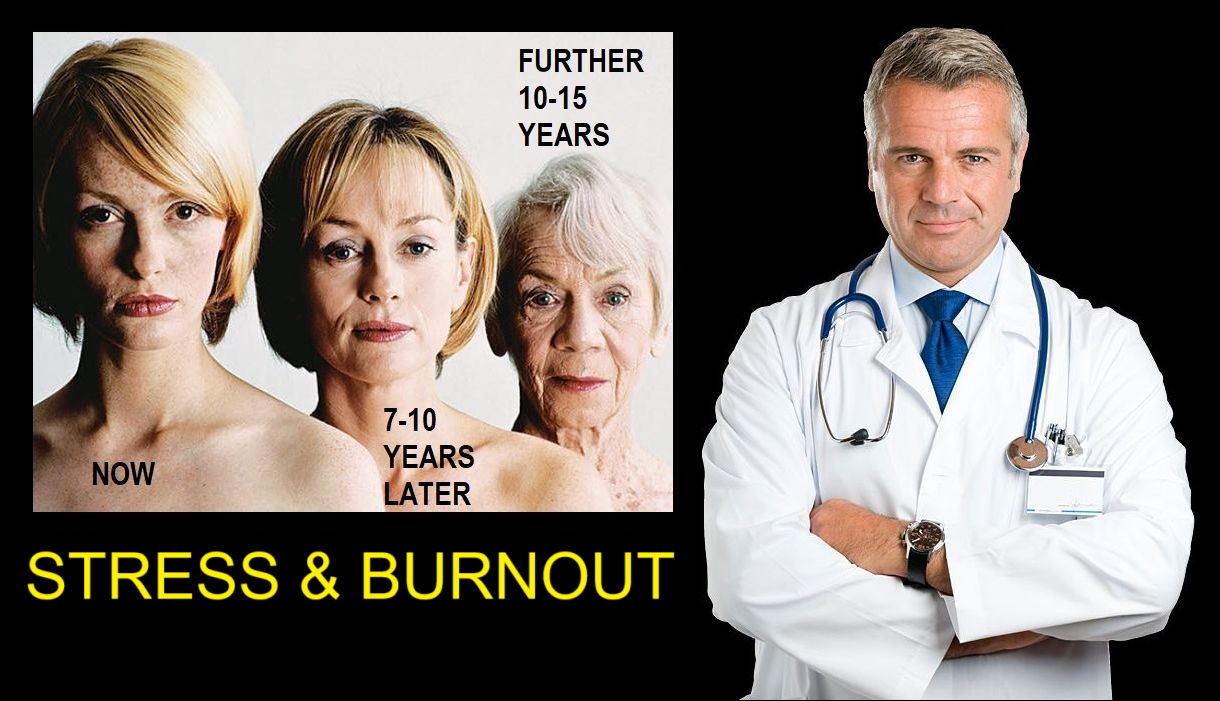Last Updated on July 31, 2025 by Bertrand Clarke
Embracing a New You: The Rise of Cosmetic Procedures Amid GLP-1 Medication Use
In recent years, the surge in popularity of weight-loss medications like Ozempic and Wegovy has transformed the landscape of personal health and aesthetics. These GLP-1 receptor agonists, primarily designed to manage type 2 diabetes, have gained widespread use for their off-label weight-loss benefits, helping millions shed significant pounds. However, as individuals celebrate their slimmer figures, many are noticing an unexpected side effect: changes in facial appearance, often described as a “deflated” or “hollowed-out” look. Rather than viewing this as a drawback, a growing number of people are embracing these changes as an opportunity for self-expression, turning to cosmetic enhancements to refine their features and align their outer appearance with their newfound confidence. This trend is reshaping the cosmetic surgery industry, with a notable increase in procedures like facelifts and dermal fillers, signaling a cultural shift toward personalized aesthetics in the age of rapid weight loss.
The Science Behind the Transformation
GLP-1 medications, such as semaglutide (the active ingredient in Ozempic and Wegovy), work by stimulating insulin production in the pancreas, suppressing appetite, and promoting a sense of fullness. According to the American Diabetes Association, these drugs have helped patients lose an average of 10-20% of their body weight in clinical trials, with some individuals achieving even greater results. The rapid weight loss, while beneficial for health, often leads to a reduction in subcutaneous fat—the layer of fat beneath the skin that contributes to a youthful, plump facial appearance.
Dr. Emily Chen, a board-certified dermatologist based in Los Angeles, explains, “When you lose significant weight, especially after the age of 40, the fat pads in your face shrink, which can result in sagging skin or a more angular look. This is particularly noticeable in the cheeks, temples, and under-eye areas.” For many, this change can make them appear older than their years, prompting a desire to enhance their features through cosmetic interventions.
This phenomenon, dubbed “Ozempic face” by some cosmetic professionals, is not a new challenge. Historically, significant weight loss—whether from surgery, diet, or illness—has led to similar aesthetic concerns. In the 1990s, for instance, dermal fillers like Sculptra were developed to address facial volume loss in HIV patients. Today, the same principles are being applied to those using GLP-1 medications, but with a modern twist: patients are not just restoring their appearance but redefining it to reflect their personal style and identity.
A Surge in Cosmetic Procedures
The cosmetic surgery industry is experiencing a renaissance, driven in part by the widespread use of weight-loss drugs. According to the American Society of Plastic Surgeons (ASPS), the number of facelifts performed in the United States increased by 8% from 2022 to 2023, with over 150,000 procedures recorded in 2023 alone. Similarly, the use of hyaluronic acid fillers, such as Juvederm and Restylane, has skyrocketed, with more than 5.2 million Americans opting for these treatments in 2023—double the number from 2017, when Ozempic was first approved for diabetes management.
Dr. Steven Williams, a plastic surgeon and founder of Tri Valley Plastic Surgery in California, attributes this surge to the accessibility of GLP-1 medications. “These drugs have democratized weight loss, making it achievable for a broader population without the need for invasive procedures like gastric bypass,” he says. “As a result, we’re seeing a diverse range of patients seeking cosmetic enhancements to complement their transformation.”
The trend extends beyond the face. Some patients are opting for comprehensive “makeovers” to address excess skin and muscle loss in areas like the arms, thighs, and abdomen. The ASPS has noted the emergence of the term “Ozempic makeover,” which encompasses procedures like tummy tucks, breast lifts, and body contouring. For example, a New Jersey patient, Lisa Bongiorno, underwent multiple procedures, including arm and thigh lifts, after losing significant weight with GLP-1 medications. She estimates spending approximately $80,000 on her cosmetic journey, viewing it as an investment in her comfort and confidence.
A Cultural Shift Toward Self-Expression
What sets this wave of cosmetic procedures apart is the mindset driving it. Rather than seeking to “fix” a problem, many patients are using these treatments as a form of self-expression, much like choosing a new hairstyle or wardrobe. Social media platforms like Instagram and TikTok have amplified this trend, with influencers and everyday users sharing their weight-loss journeys and subsequent cosmetic enhancements. Hashtags like #OzempicJourney and #NewMe have garnered millions of views, reflecting a cultural embrace of transformation and individuality.
Dr. Chen notes that younger patients, particularly those in their 20s and 30s, are less likely to experience significant facial changes from weight loss due to their skin’s elasticity. However, older patients—those in their mid-40s and beyond—are more likely to seek cosmetic solutions. “For these patients, it’s not just about looking younger; it’s about looking like the best version of themselves,” she says. “They’re taking control of their appearance in a way that feels empowering.”
This empowerment is reflected in the diversity of procedures being requested. While some opt for minimally invasive treatments like fillers, others are choosing surgical options like facelifts or fat grafting to restore volume. Advances in technology have made these procedures safer and more accessible, with recovery times shrinking and results becoming more natural-looking. For instance, modern hyaluronic acid fillers can last up to 18 months, while innovations in fat grafting allow for precise volume restoration with long-lasting effects.
Economic and Social Implications
The rise in cosmetic procedures has significant economic implications. The global cosmetic surgery market, valued at $50.5 billion in 2024, is projected to grow at a compound annual growth rate of 5.7% through 2030, according to a report by Grand View Research. The influx of patients seeking treatments related to GLP-1 medication use is a key driver of this growth, particularly in the United States, which accounts for nearly 40% of the global market.
However, the trend also raises questions about accessibility and equity. Cosmetic procedures can be costly, with facelifts averaging $8,000-$15,000 and fillers costing $500-$2,000 per session, according to ASPS data. For many, these expenses are out of reach, creating a divide between those who can afford to enhance their post-weight-loss appearance and those who cannot. Advocacy groups are calling for insurance providers to consider covering certain procedures, particularly for patients who experience significant skin laxity after medically necessary weight loss.
Socially, the normalization of cosmetic enhancements is sparking debates about beauty standards and self-acceptance. While some view these procedures as a celebration of personal agency, others worry that they reinforce unrealistic expectations. Dr. Williams emphasizes the importance of informed decision-making. “We encourage patients to have honest conversations with their providers about their goals and expectations,” he says. “This isn’t about conforming to a single standard of beauty—it’s about helping people feel comfortable in their own skin.”
Looking Ahead: A New Era of Personal Transformation
As GLP-1 medications continue to gain traction, the cosmetic surgery industry is poised for further evolution. Researchers are exploring ways to mitigate the aesthetic side effects of rapid weight loss, such as developing targeted fillers or non-invasive skin-tightening technologies. Meanwhile, pharmaceutical companies are working on next-generation weight-loss drugs that may minimize muscle loss and skin sagging, potentially reducing the need for cosmetic interventions.
For now, the synergy between weight-loss medications and cosmetic enhancements is reshaping how people approach their health and appearance. What was once seen as a side effect is now being reframed as an opportunity—a chance to sculpt not just a body, but a personal narrative. As one patient, Sarah Mitchell, shared on Instagram, “Losing the weight was just the beginning. The real transformation happened when I decided to embrace every part of my journey, inside and out.”
In this new era, the story of “Ozempic face” is not one of loss, but of reinvention. With each procedure, patients are crafting a version of themselves that reflects their resilience, creativity, and vision for the future. As the cosmetic industry adapts to meet this demand, it’s clear that the pursuit of self-expression through aesthetic enhancement is here to stay.









